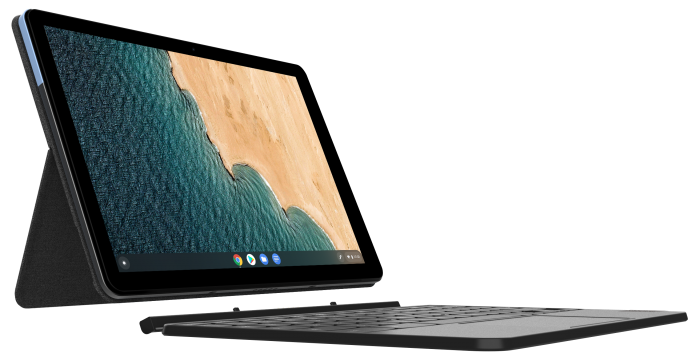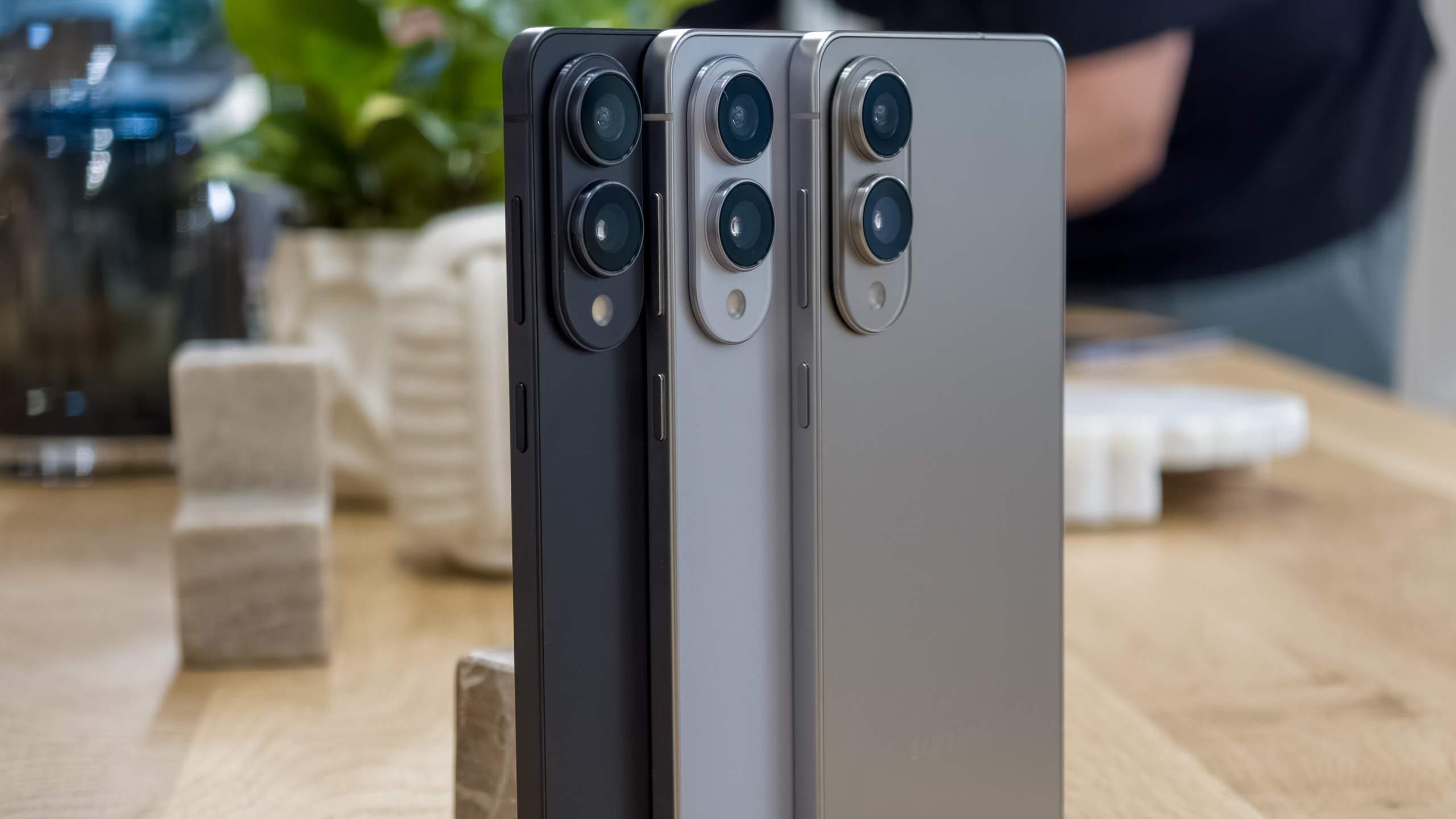Don't buy the new iPad Pro with Magic Keyboard — buy this combo instead
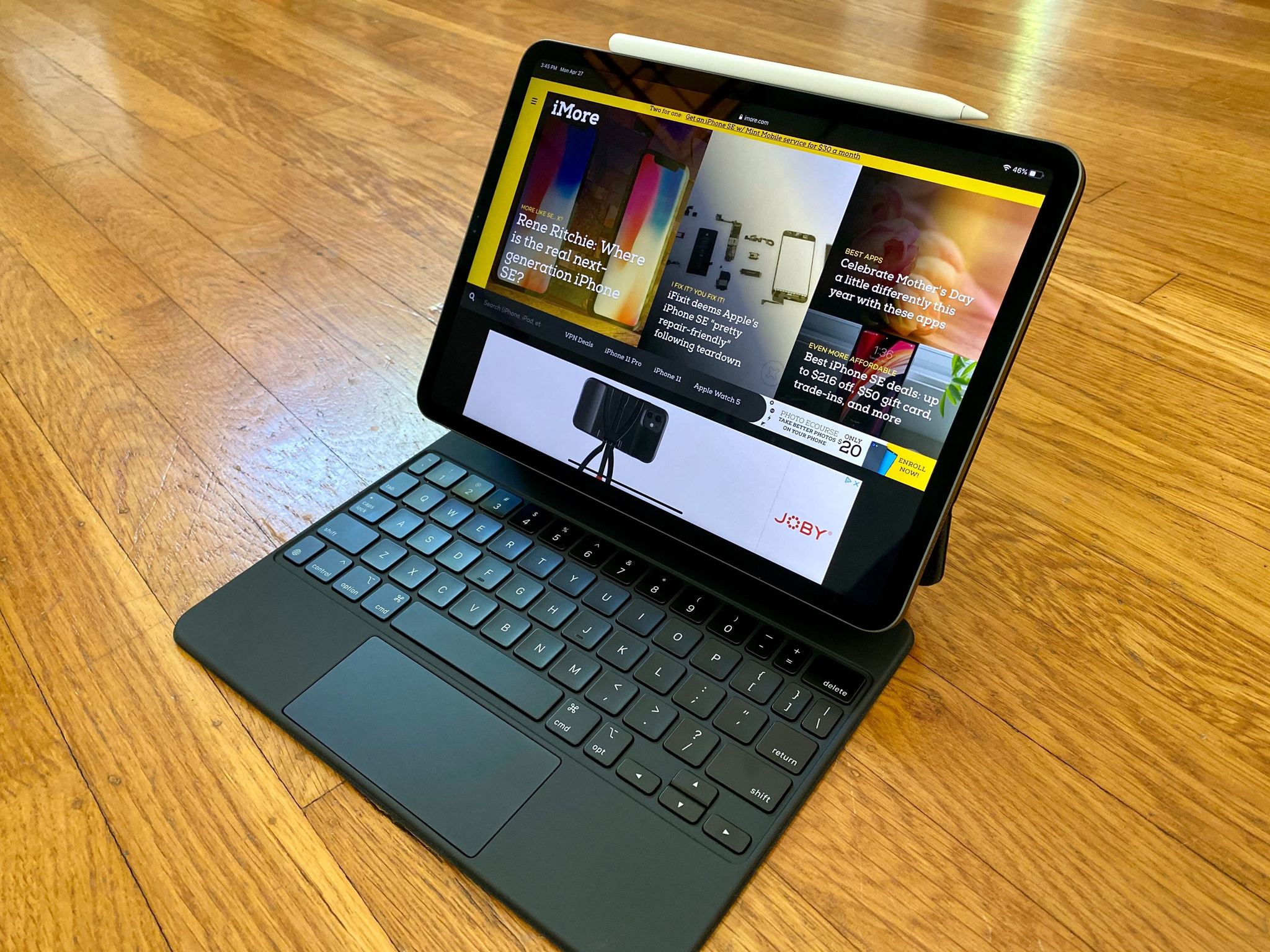
Earlier this spring, Apple unveiled a refresh to its iPad Pro lineup, with improved cameras and sensors, and that device was great; in fact, it was everything we expected and more. But the real headliner of Apple's recent spring announcements was the new and improved Magic Keyboard for the iPad Pro, which sports features like a floating hinge stand, backlit keys, and a trackpad. Yet, as impressive as these updates are, I wouldn't recommend that most people spend their hard-earned money on them.
Yes, I think that the iPad Pro and Magic Keyboard are great products, and yes, I know that some of us at Android Central have even recommended that our readers go for iPads over Android tablets or even Chromebooks in the past. Still, in this case, I feel differently. You see, the iPad Pro and Magic Keyboard offer more firepower than most people really need and more than they should probably spend on. They're like trying to kill a fly with a bazooka.
The iPad Pro and Magic Keyboard offer more firepower than most people really need, for more than they should probably spend.
So what should you get instead? Well, I'd argue that most people can accomplish the majority of their productivity tasks quite effectively with a good Chrome OS device (a detachable or convertible with a stylus) or an Android tablet with some of the same accessories.
Now, I know that my suggestions won't come close to the iPad Pro in terms of raw processing power or speed, so if you really need those features, then feel free to laugh this off. If you're a professional musician, artist, architect, or even a prosumer with similar interests and hobbies, then the iPad Pro setup will probably work much better for you.
However, if most of what you do when you're "productive" involves word processing, spreadsheets, presentations, and video conferencing, as well as some light creative work such as sketching, drawing, or note-taking, then my suggested alternatives are good options worthy of your consideration. Especially if you're not already invested in the Apple ecosystem (or if you don't want to be!).
iPad Pro and Magic Keyboard
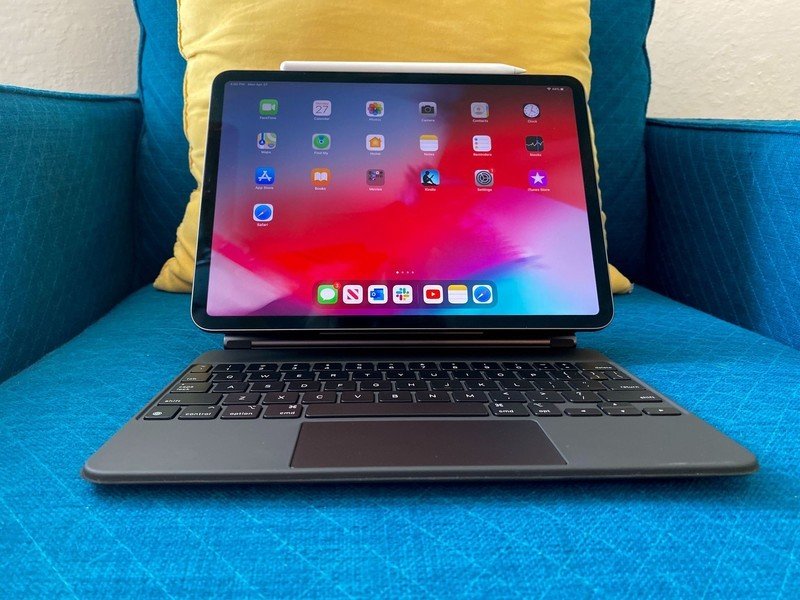
My colleagues at iMore have been doing an excellent job diving into the new iPad Pro with Magic Keyboard, so if this is a device that you're seriously considering, definitely head on over there and read their awesome reviews and analysis. I have no interest in bad-mouthing the device, and as I've noted many times before, I have several iOS and macOS devices in regular use in my household.
But as I said earlier, in my opinion, the new iPad Pro with Magic Keyboard is not only overpriced, it is also overkill for what most people need. Case in point — to get the most out of the device, you'll need to purchase at least three different items, including the iPad Pro itself, the Magic Keyboard, and the Apple Pencil.
Get the latest news from Android Central, your trusted companion in the world of Android
| Prices | iPad Pro 2020 |
|---|---|
| iPad Pro | $799-$1,449 11-inch Wi-Fi up to 13-inch cellular 128GB to 1TB |
| Magic Keyboard | $299-$349 11-inch vs. 13-inch |
| Apple Pencil 2 | $129 |
| Totals | $1,227-$2,127 Depending on configurations |
At these prices, you could easily get a well-configured MacBook Air, a lower-end MacBook Pro, or any number of good Windows PCs. Of course, you can also configure some of Apple's less powerful iPads with Magic Keyboards (no trackpads) and first-generation Apple Pencils for even less. However, those configurations will still run you anywhere from just under $600 on the low end to over $1,000 on the high end.
My main argument thus far has dealt with the cost of the iPad Pro and Magic Keyboard setup, but let's also not overlook that this device runs iOS, which may not be as familiar or comfortable to Android or Chrome OS users. Additionally, most apps that you may have purchased on Android are going to have to be repurchased on an iPad, so that will add to the literal (and opportunity) cost of switching to this premium and powerful portable.
So what are some good alternatives for the Android and Google faithful? Let's take a look at two of the most intriguing new Chrome OS and Android devices.
Option 1 Chromebook with detatchable keyboard

| Prices | Lenovo Duet Chromebook |
|---|---|
| Lenovo Duet | $280 to start |
| Keyboard with Trackpad | Included |
| Stylus | Price TBA Device will support stylus |
| Totals | Starting at $280 |
This detachable Chromebook from Lenovo is the latest (and best) attempt at creating a successful Chrome OS tablet. While Chrome OS on tablets has taken its fair share of well-earned criticism, Google has made several improvements to the tablet UX and UI in recent Chrome OS releases. Honestly, though, if you're going to use a device like this for productivity, you're probably just going to keep the keyboard attached. Then it's just a highly portable and convertible Chromebook.
This device includes a keyboard with trackpad, as well as stylus support. As of now, we don't have pricing information on the stylus option, but you can bet that it won't be priced like the Apple Pencil. Even if it were, that would still make this combo under $400, and I suspect that all-in you're going to be paying less than $350.
The Lenovo Duet Chromebook is scheduled to be released in May 2020, and I know that my colleague Ara Wagoner is already chomping at the bit to get her hands on one for a full review!
Of course, if you prefer a more traditional, clamshell-style laptop device to a detachable, Chromebooks have you covered there as well. There are dozens of great options with touchscreens, 360-degree hinges, and even stylus/pen support in prices ranging from $300 on up to $1,000, with a bunch of quality devices in that $500-$600 sweet spot.
Option 2 Android tablet with detachable keyboard

I know what you're thinking, "an Android tablet?!" Indeed, Android tablets have often been lambasted more in the past than Chrome OS tablets, but that's because most of them have been poorly constructed and woefully underpowered. Not so with the latest and greatest from Samsung. Heck, we liked it so much we even rated it 4.5 out of 5 stars in our review.
With the Galaxy Tab S6, Samsung is clearly trying to come after Android users and Samsung faithful (of whom there are many) who are eyeballing an iPad Pro setup. As with most Samsung devices, this one comes with a fantastic screen, and it also includes an S Pen, which is one of the best digital styli available. You can even purchase the optional keyboard attachment, which includes a trackpad so that you can be productive while typing up that report or analyzing that Excel file.
| Prices | Samsung Galaxy Tab S6 |
|---|---|
| SamsungGalaxy Tab S6 | $650-$729 Wi-Fi or Cellular 128GB or 256GB |
| Keyboard Cover | $180 |
| S Pen | Included |
| Totals | $830-$909 Depending on configurations |
One of the biggest drawbacks to this device is that it is priced a little too close for comfort to the iPads Pro. Yes, it's cheaper, but not by much. But with Samsung's much-improved One UI on top of Android, as well as the ability to connect the device to a PC or Mac through DeX, you can have access to even more of a desktop experience with your Android tablet.
The Samsung Galaxy Tab S6 is definitely my second choice here, but that doesn't mean it's not a perfectly good, viable option, particularly if you use a lot of Android productivity apps and already have a Galaxy phone or other Samsung devices.
Conclusion
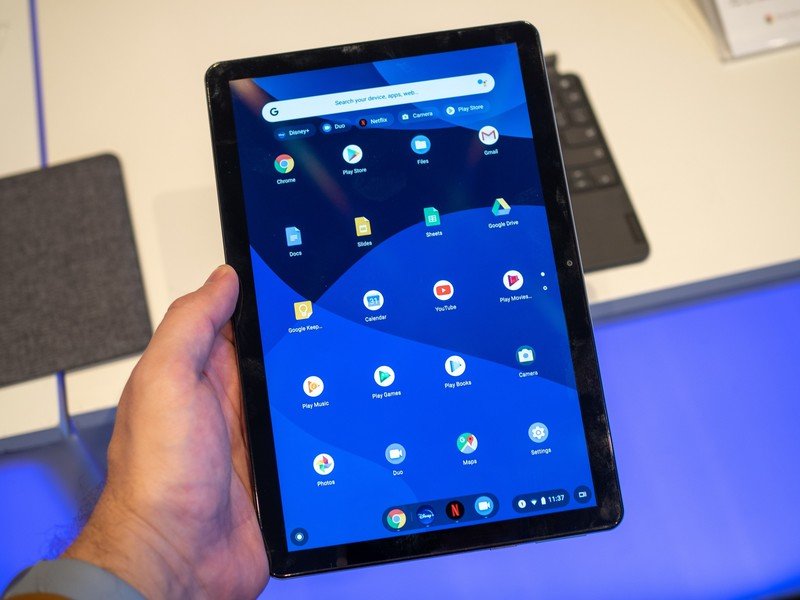
Obviously, this article was meant to be a little provocative and stir up some healthy debate, but I'm not facetious here at all. I really do believe that most people can accomplish most of their productivity tasks on cheaper convertible Chrome OS and Android devices as opposed to more expensive and premium iPads pro.
Yes, iPads have extra enhancements like Sidecar that can turn them into second screens for your Mac computers, but you know what? Chromebooks and Android tablets can use apps like Duet Display to accomplish pretty much the same effect, and you can connect them to both PCs and Macs.
Sure, iPads get five years of software updates, but new Chrome OS devices can get up to eight — that's some impressive longevity!
Also, for as much well-earned praise as Apple gets for building solid hardware and supporting software updates for upwards of five years or more, most newer Chrome OS devices like the Lenovo Duet will receive updates for up to eight years. Beyond that, if your device is still alive and kicking, you can always run Linux off it. That's some impressive longevity right there!
Honestly, I don't think that most of our readers will need a lot of convincing here. As great as many Apple products are, iPads run iOS (well, technically iPadOS), and bouncing between Android and iOS is not something that most of you do every day. While AC faithful may indeed pick up an entry-level iPad for entertainment purposes, they're most likely not considering iPads Pro for their productivity needs.
Still, I think it's worth pointing out that there actually are good alternatives for different types of productivity machines in the convertible/detachable Android and Chrome OS space, and those options are usually a lot easier on the pocketbook than productivity machines from Apple.

What a tablet should be
The Galaxy Tab S6 has a gorgeous design, a fantastic display, and the power to chew through anything you can throw at it. It truly is the best Android tablet you can buy.

Jeramy was the Editor-in-Chief of Android Central. He is proud to help *Keep Austin Weird* and loves hiking in the hill country of central Texas with a breakfast taco in each hand.
